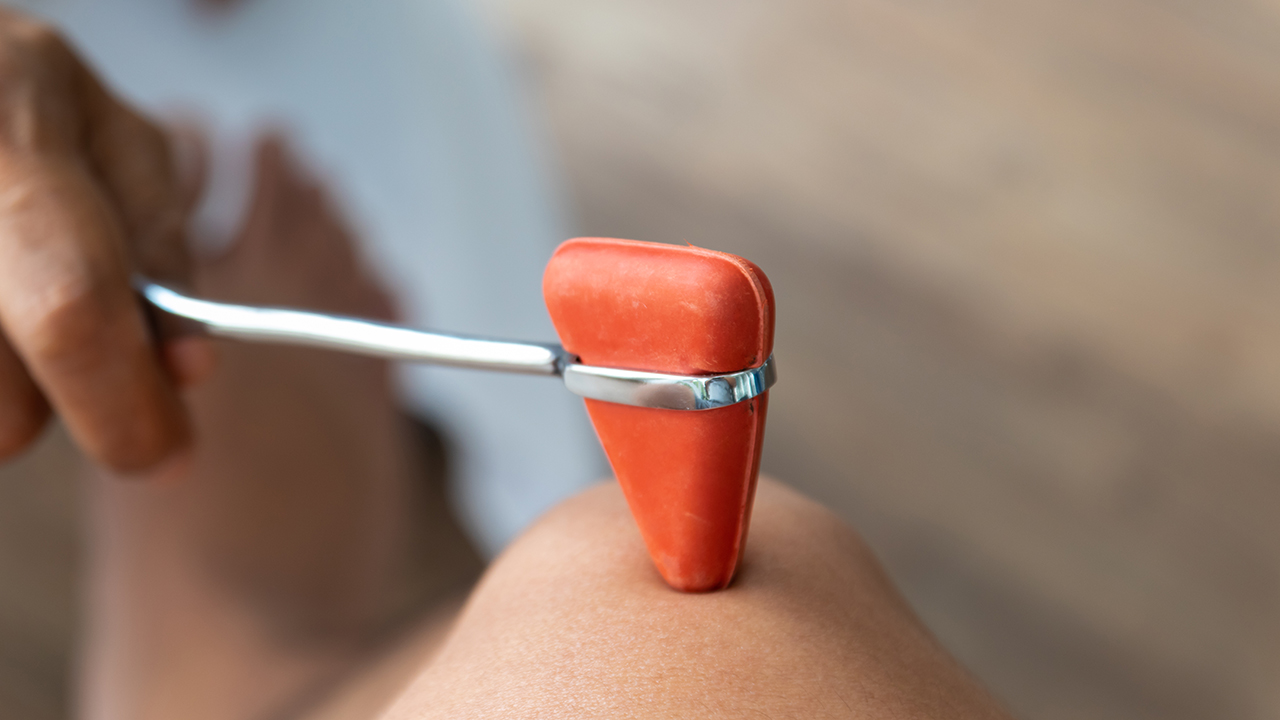- Doctors & Departments
-
Conditions & Advice
- Overview
- Conditions and Symptoms
- Symptom Checker
- Parent Resources
- The Connection Journey
- Calm A Crying Baby
- Sports Articles
- Dosage Tables
- Baby Guide
-
Your Visit
- Overview
- Prepare for Your Visit
- Your Overnight Stay
- Send a Cheer Card
- Family and Patient Resources
- Patient Cost Estimate
- Insurance and Financial Resources
- Online Bill Pay
- Medical Records
- Policies and Procedures
- We Ask Because We Care
Click to find the locations nearest youFind locations by region
See all locations -
Community
- Overview
- Addressing the Youth Mental Health Crisis
- Calendar of Events
- Child Health Advocacy
- Community Health
- Community Partners
- Corporate Relations
- Global Health
- Patient Advocacy
- Patient Stories
- Pediatric Affiliations
- Support Children’s Colorado
- Specialty Outreach Clinics
Your Support Matters
Upcoming Events
Colorado Hospitals Substance Exposed Newborn Quality Improvement Collaborative CHoSEN Conference (Hybrid)
Monday, April 29, 2024The CHoSEN Collaborative is an effort to increase consistency in...
-
Research & Innovation
- Overview
- Pediatric Clinical Trials
- Q: Pediatric Health Advances
- Discoveries and Milestones
- Training and Internships
- Academic Affiliation
- Investigator Resources
- Funding Opportunities
- Center For Innovation
- Support Our Research
- Research Areas

It starts with a Q:
For the latest cutting-edge research, innovative collaborations and remarkable discoveries in child health, read stories from across all our areas of study in Q: Advances and Answers in Pediatric Health.


Training Reflexes to Reduce Athletic Injury Risk (and Improve Performance)

Everyone knows the classic reflex test: the doctor taps your knee and your foot pops up like magic. You couldn’t stop it even if you wanted to. If you tap it just right, you can trigger the reflex yourself.
That, says Children’s Hospital Colorado athletic trainer Tim Cuddeback, AT, is because reflex never actually reaches the brain.
“When you hit that patellar tendon in your knee with a hammer, there’s a sudden increase in the length of the tendon,” he explains. “That activates the nervous system to send a signal to the spinal cord — but from there it just bounces right back to the muscles, causing them to tighten.”
That tightening is crucial to the body’s ability to protect tendons from injury, and the shorter trip means a quicker response. It also means we don’t have conscious control over our reflexes.
But we can train them.
What is proprioceptive neuromuscular facilitation?
The process is called proprioceptive neuromuscular facilitation. Proprioception is the sense of where your body is in space. “Neuromuscular” is about how your nervous system and muscles interact, and “facilitation” refers to how you can influence that interaction.
Let’s say you jump. When you launch off the ground, you’re consciously thinking about how high you want to jump, which direction you want to go, where and how you want to land, and so on. But let’s say something changes midair. Maybe the ball changes direction. Maybe you get hit.
“When you come down, the impact is going to lengthen those tendons,” says Cuddeback, “So reflex is going to tighten your muscles to slow you down.”
And when that happens, you want it to happen with good biomechanics: joints in alignment, muscles properly conditioned to handle the load.
Cuddeback has ways to train for that. For example, he might put an athlete on a box and have them jump down, issuing a command midair — land on one foot or jump back up, for example — forcing the reflexes to trigger. That opens the door to practicing with proper technique. Good biomechanics literally become muscle memory.
How to train the reflexes
The specific training program might vary based on age, sex and sport. If you’re a volleyball player, for example, your game involves a lot of overhead work. Since improper overhead form often leads to overuse injuries of the shoulder joint — also called the rotator cuff — the program is going to focus on conditioning and stretching muscles and ligaments of the scapula and spinal column to improve range of motion while increasing stability in the joint.
That’s not only going to reduce the risk of injury, it’s also going to improve performance because it conditions the body to automatically trigger the most precise and forceful movements.
Whatever the program looks like, Cuddeback emphasizes, perhaps the most crucial step comes first: warming up. A good warmup loosens up the muscles and tendons and increases proprioceptive awareness, that conscious sense of the body moving in space.
How mental space affects performance
Proprioception begins with the relationship between the mind and the body. And there’s a growing body of evidence that performance hinges on that relationship — often in unexpected ways.
“There’s a new research article that just came out about how a history of concussion actually increases risk of sustaining a lower extremity injury,” says Cuddeback. “Why would getting hit in the head affect an injury in the leg? The connection is neurological. Getting hit in the head can damage these neuromuscular pathways, the way the brain communicates with the body. And if that’s the case, then why couldn’t, say, depression do the same thing? Or poor nutrition? Or inadequate sleep? All these things influence how you move. If we’re focusing solely on conditioning, we’re only getting a fraction of the picture.”



 720-777-0123
720-777-0123



